Your car is more than just a mode of transportation; it’s often a significant investment and a cherished possession. As responsible car owners, we strive to maintain our vehicles in top condition. However, with many maintenance recommendations and potential issues, it can be overwhelming to determine which repairs are necessary.
Here, we will discuss some commonly overrated car repairs that might drain your wallet without significant benefits. Let’s explore these unnecessary expenses together and learn how to make informed decisions about your car’s well-being.
Frequent Cabin Air Filter Replacement
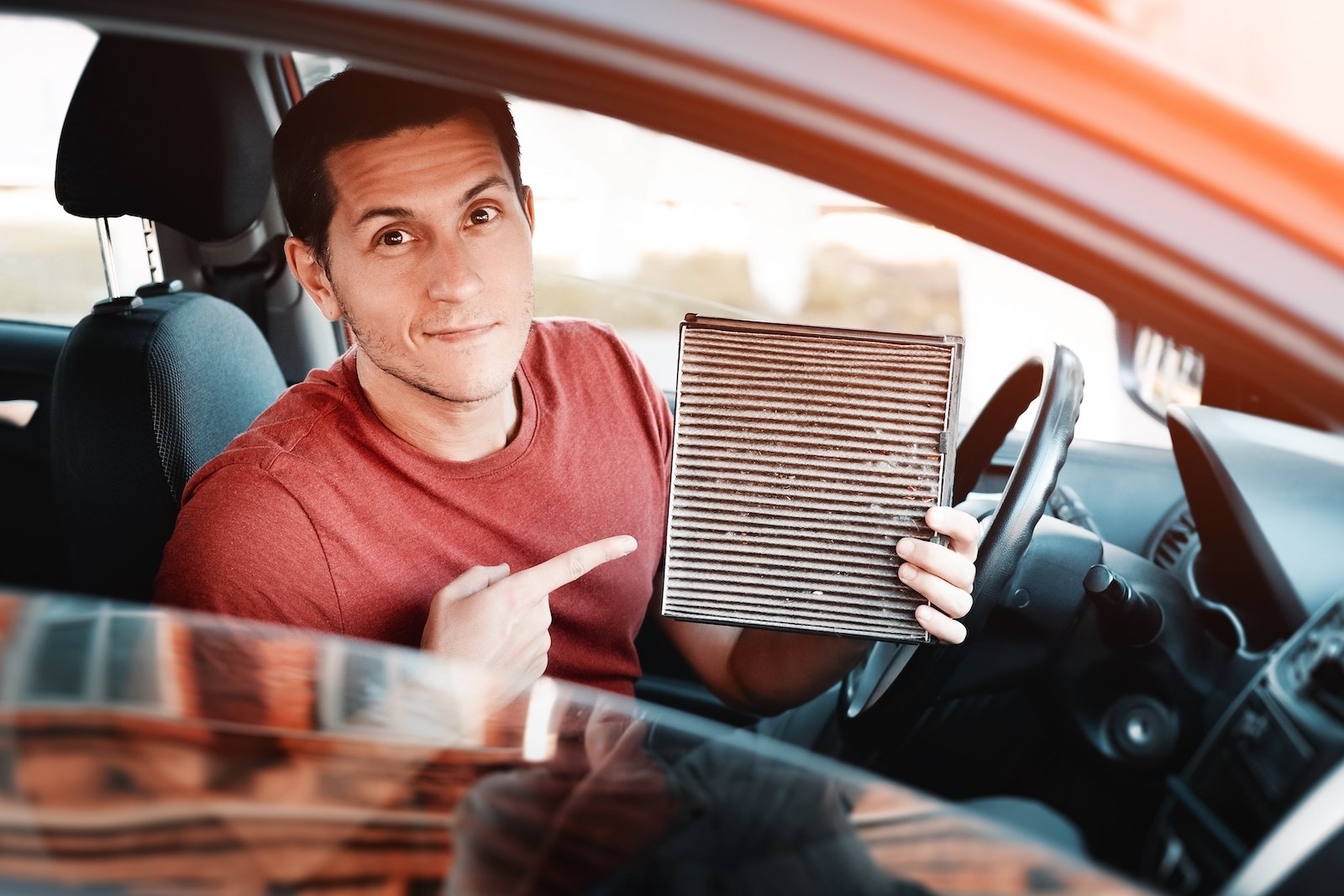
While cabin air filters are undoubtedly crucial for maintaining indoor air quality within a vehicle, the necessity for excessively frequent replacements is often overstated. Many manufacturers and service centers recommend replacement intervals of 15,000- 30,000 miles. However, the actual lifespan of a cabin air filter can vary significantly based on driving conditions, environmental factors, and the filter’s quality.
The filter might remain effective well beyond the recommended interval for drivers in relatively clean environments with limited exposure to pollen, dust, and other contaminants. Regular visual inspection is often sufficient to determine if the filter requires replacement, as a dirty or clogged filter will be visibly apparent.
Unnecessary Brake Pad Replacements
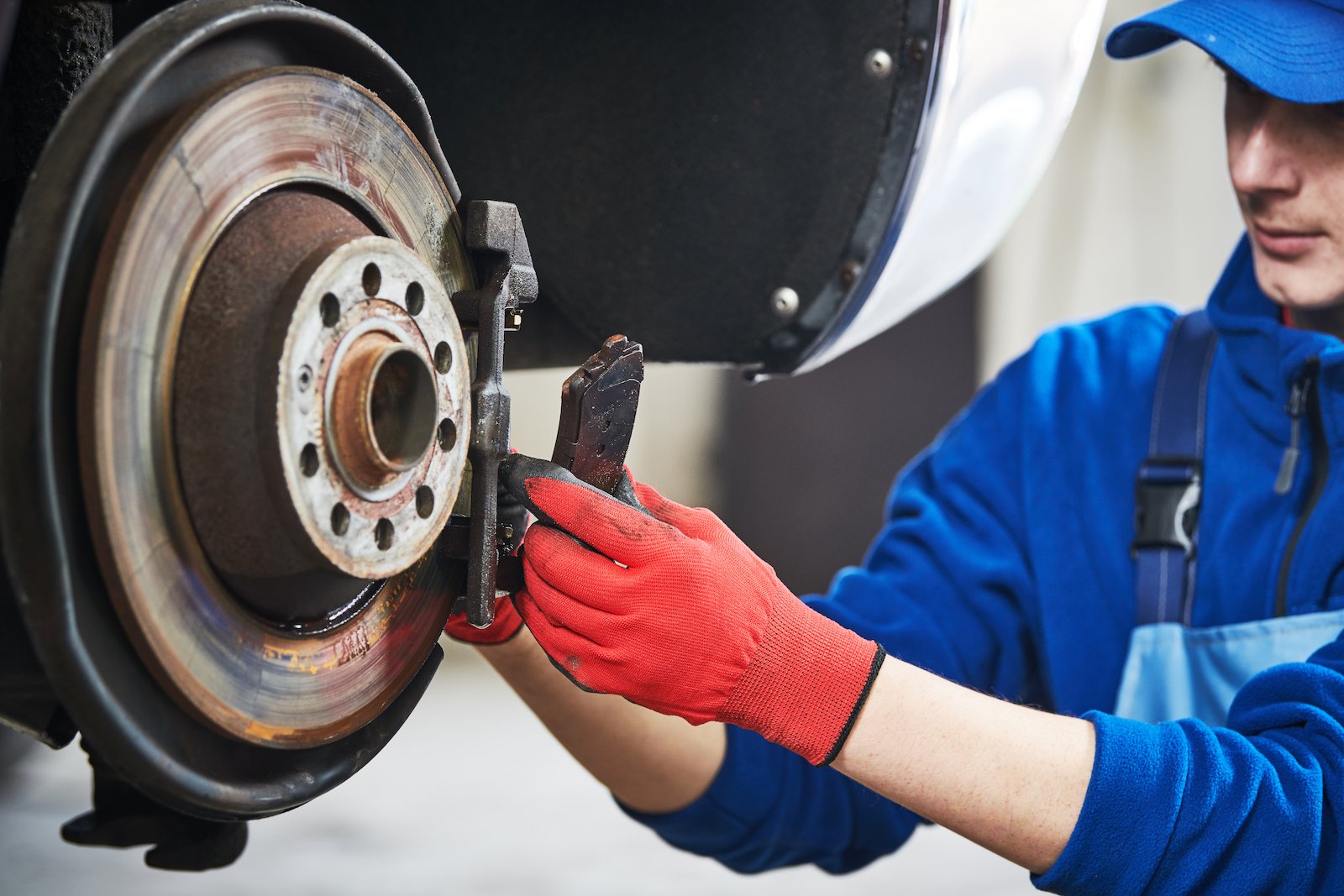
The idea that brake pads need frequent replacement is a common misconception that can lead to unnecessary expenses. Various factors influence brake pad life, including driving habits, vehicle weight, and road conditions. While it’s essential to maintain adequate brake pad thickness for optimal braking performance and safety, prematurely replacing pads can result in financial loss.
Modern brake systems incorporate wear indicators that signal when the pads are nearing their replacement threshold. Drivers can also visually inspect the pads to assess their condition. If the pads exhibit sufficient thickness and the wear indicators are not activated, replacement can be deferred.
Excessive Tire Rotations

Tire rotations are a routine maintenance practice designed to prolong tire life by ensuring even wear across all four tires. However, the frequency with which tire rotations are required has been exaggerated. Tire manufacturers often recommend rotations every 5,000 to 8,000 miles, but this guideline might be overly conservative for many drivers.
Driving style, road conditions, and tire quality influence wear patterns. Excessive tire rotations might be unnecessary for drivers who primarily engage in highway driving and maintain consistent tire pressures. Regular tire inspections, including checks for uneven wear, are more indicative of the need for rotation.
Transmission Fluid Flushes
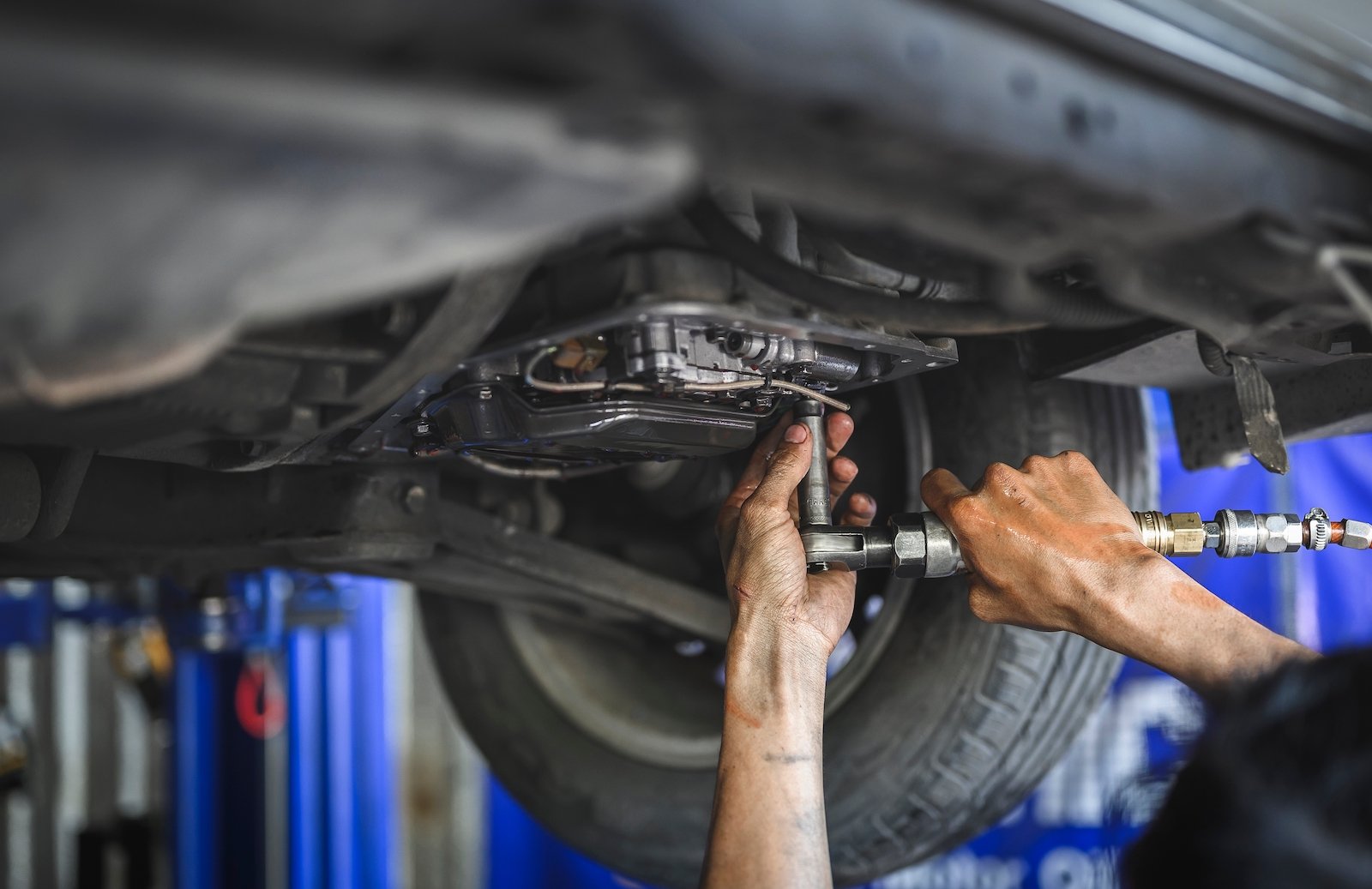
Automotive experts debate the practice of regularly flushing transmission fluid. Modern automatic transmissions are sealed systems designed to operate with a specific type of fluid for the duration of their lifespan. However, some manufacturers recommend fluid changes at specific intervals, which are anywhere between every 30,000 and 100,000 miles. To avoid unnecessary risks, it’s advisable to adhere to the manufacturer’s recommended service schedule and resist the temptation of excessive fluid flushes.
Power Steering Fluid Changes
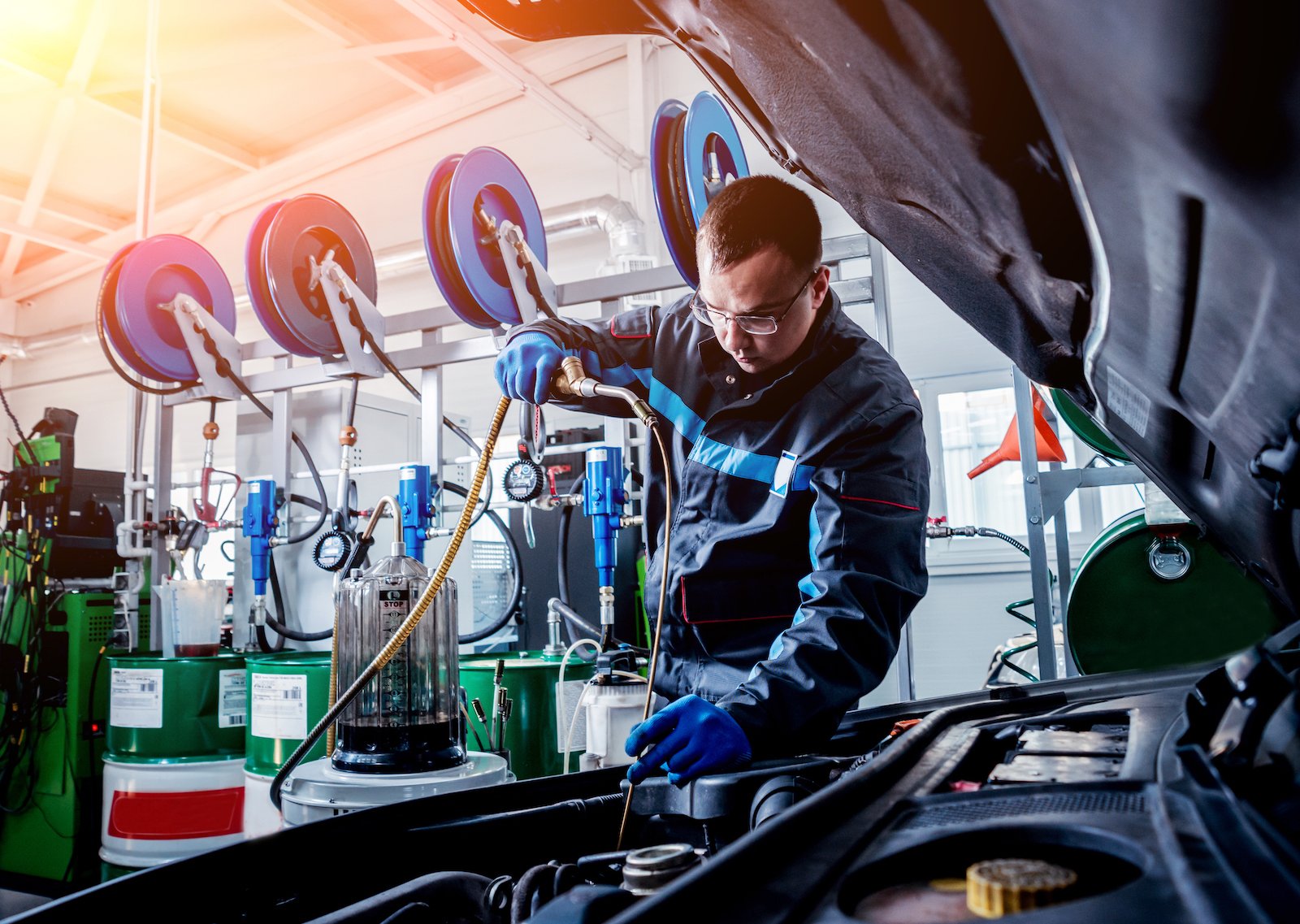
Another automotive myth is that power steering fluid requires frequent replacement, which can lead to unnecessary service costs. While it’s essential to maintain adequate fluid levels and check for leaks, routine fluid changes are generally not required. If the power steering system is functioning correctly and there are no signs of low fluid or contamination, deferring fluid changes is advisable. You can change the fluid every five years or 50,000 miles to be safer.
Fuel System Cleaning
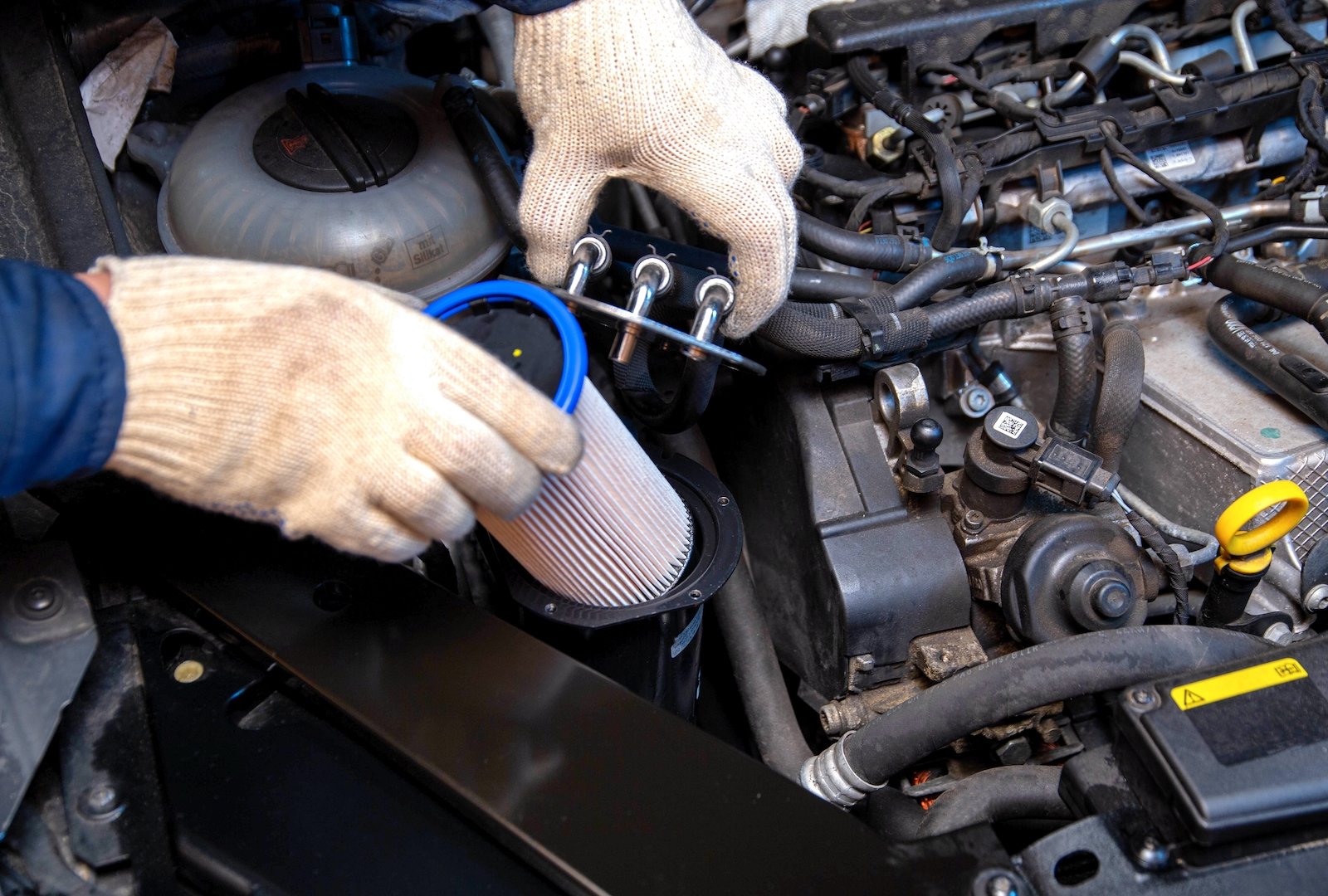
Fuel system cleaning services, often promoted as essential for maintaining engine performance and fuel economy, are frequently overestimated. According to experts, you only need to clean a fuel system every 60,000-90,000 miles. Using high-quality fuel from reputable sources significantly reduces the risk of fuel system contamination. Additionally, the effectiveness of fuel system cleaning additives is often questionable. While these additives might claim to clean the entire fuel system, their impact on engine performance is typically negligible.
Throttle Body Cleaning
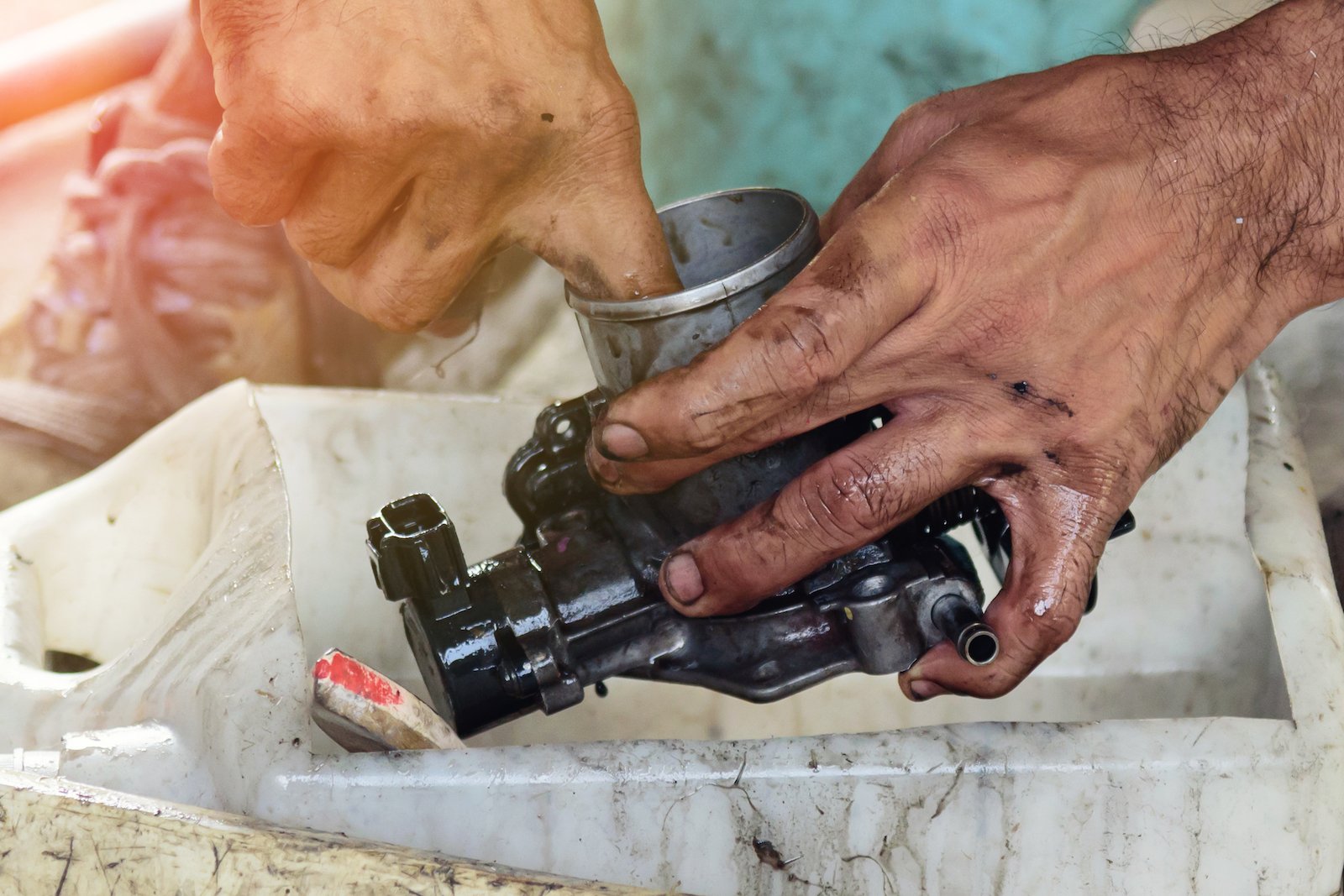
Throttle body cleaning is a service that involves removing and cleaning the throttle body, a component responsible for controlling airflow into the engine. While a dirty throttle body can contribute to performance issues such as rough idle or hesitation, many vehicles operate reliably with minimal throttle body cleaning.
It should be done every 70,000-90,000 miles or when you notice dirt and grime buildup affecting performance. How frequently you need to clean depends on driving conditions, fuel quality, and vehicle age. Before opting for a throttle body cleaning, diagnosing the underlying cause of any performance issues is essential.
Excessive Air Filter Replacements
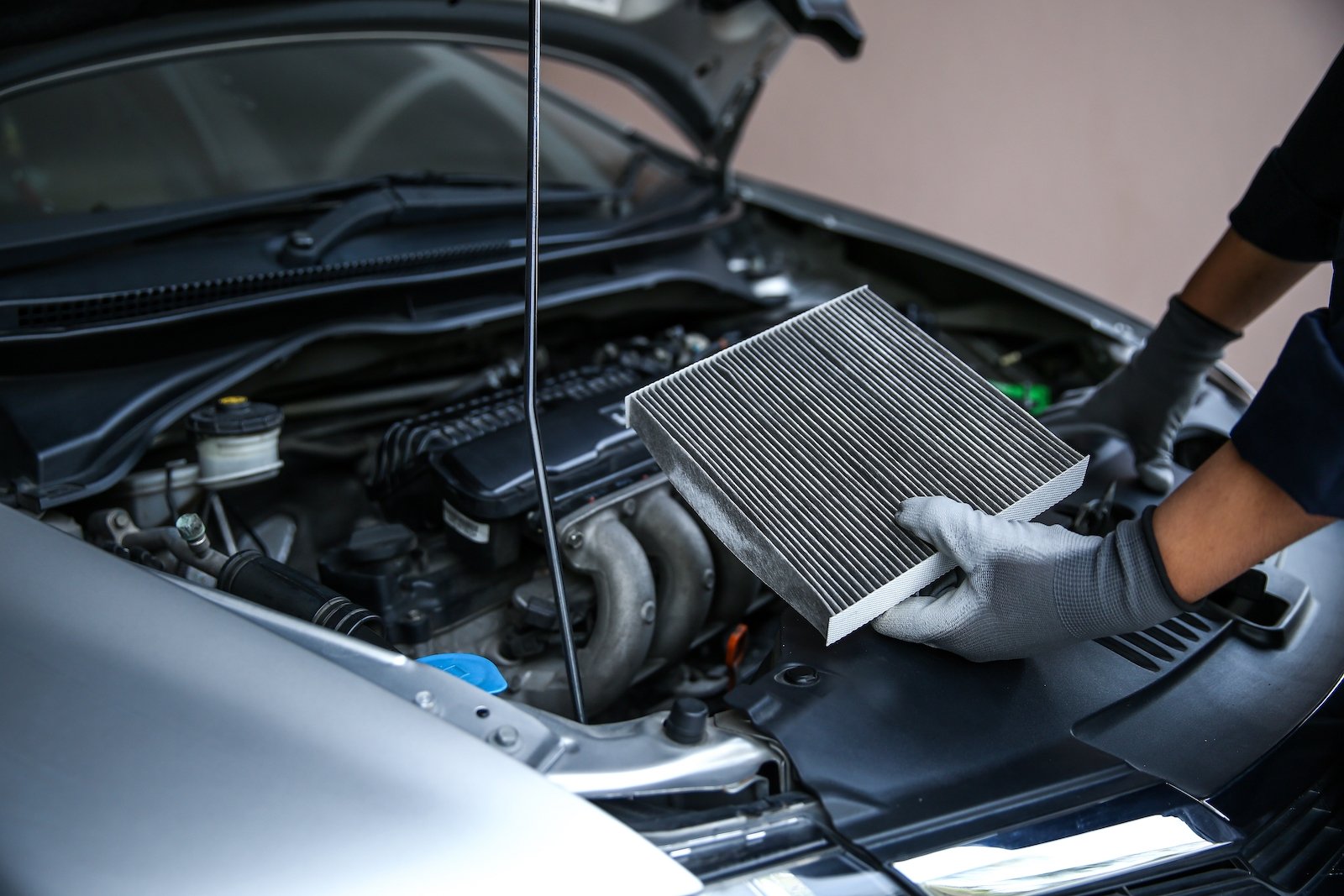
The air filter is a pivotal cog that prevents contaminants from entering the engine. While it’s essential to maintain a clean air filter for flawless engine performance and fuel economy, excessive replacements can be wasteful. How frequently a person makes air filter replacements is subjective and depends on driving conditions, environmental factors, and the filter’s quality.
A new air filter typically has a service life of 12,000 to 15,000 miles, but this can vary significantly. To determine if the air filter requires replacement, you should visually inspect it. If the filter is highly unclean or clogged, replacement is necessary. However, if it appears clean, it can be safely used for an extended period.
Fuel Injector Cleaning
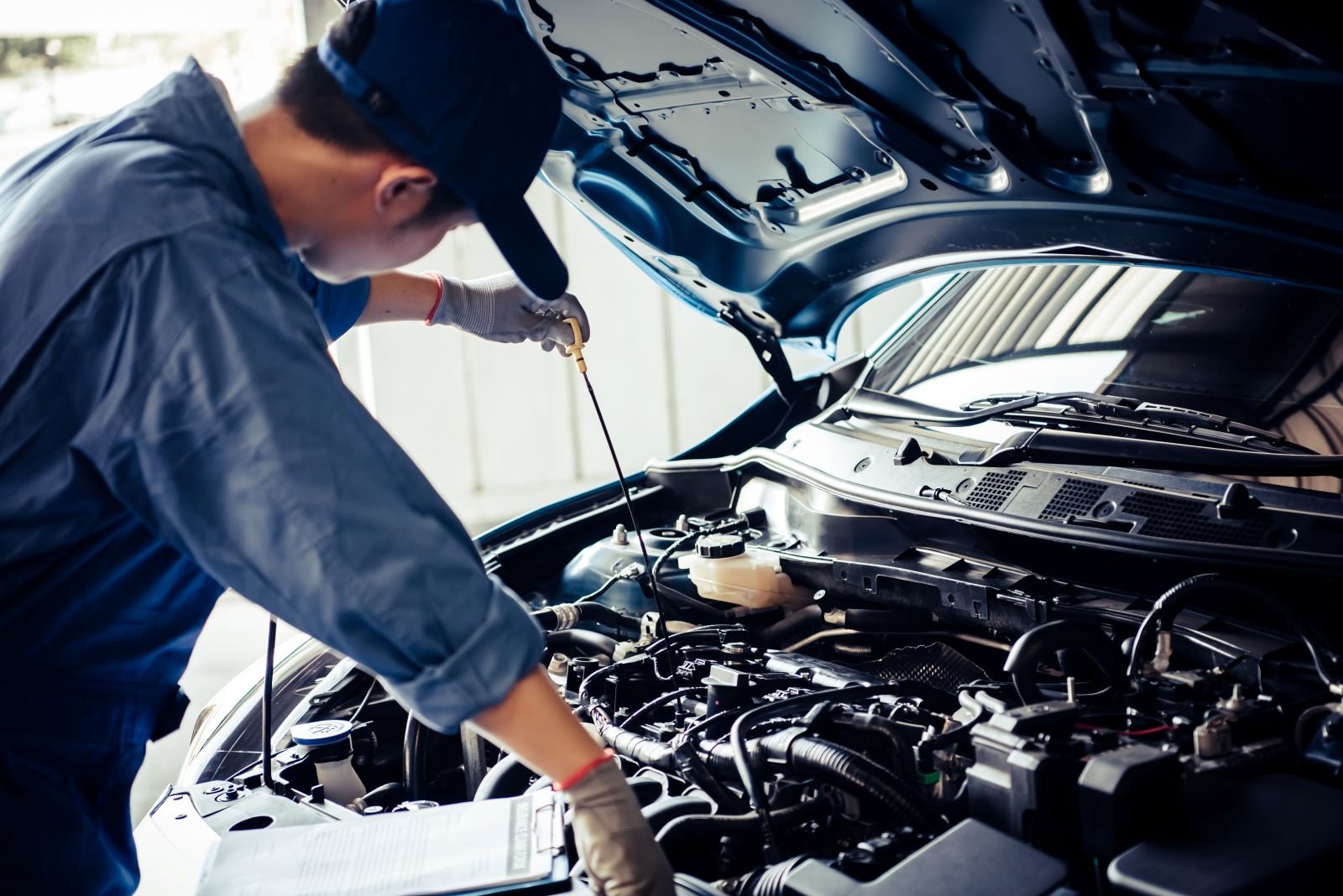
Fuel injector cleaning is a service that addresses potential issues caused by clogged or dirty injectors, such as decreased fuel economy, rough idle, and engine misfires. While it’s true that fuel injectors can become contaminated over time, the necessity for frequent cleaning is often overstated. Most manufacturers recommend cleaning your fuel injector every 60,000 to 90,000 miles. However, using high-quality fuel and avoiding extended periods of idling can further minimize the risk of injector problems.
Spark Plug Replacement
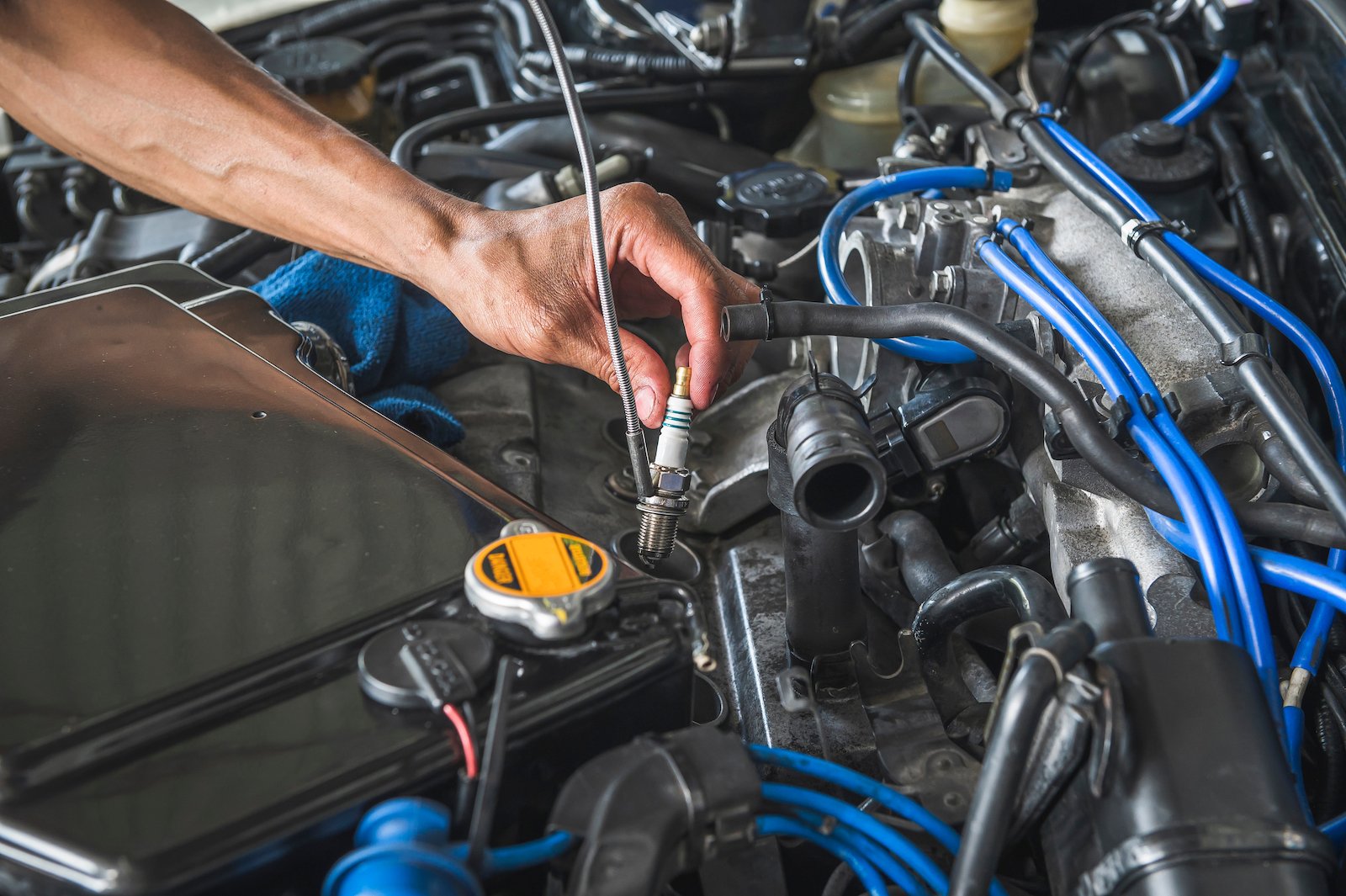
Spark plugs are vital for igniting the air-fuel mixture in the engine’s combustion chambers. While they inevitably wear out over time, the need for frequent replacement is often exaggerated. Driving conditions, fuel quality, and engine maintenance practices influence spark plug life.
Many vehicles can operate reliably for 30,000 to 100,000 miles without spark plug replacement. Adhering to the vehicle manufacturer’s recommended service intervals is generally sufficient. However, inspecting and replacing the spark plugs might be necessary if the vehicle exhibits symptoms such as misfires, difficulty starting, or decreased fuel economy.
Battery Replacement Based on Age
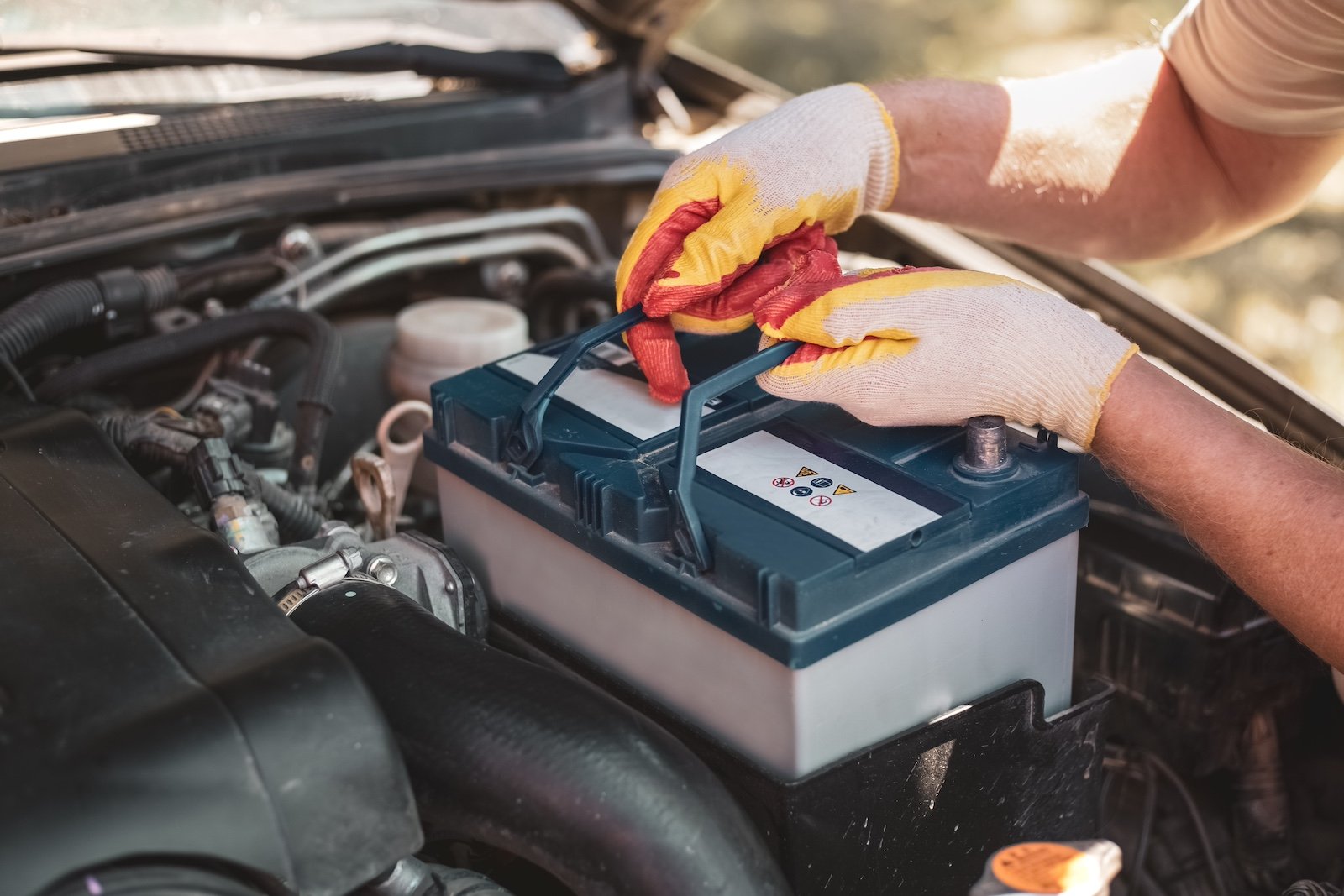
Battery age is often used as a primary indicator for replacement (usually three to six years), but it’s not always a reliable determinant of battery health. While battery life is influenced by factors such as temperature, charging cycles, and overall condition, age alone doesn’t accurately predict performance. Many batteries can exceed their expected lifespan if properly maintained and cared for.
To assess battery health, load tests or a battery analyzer are recommended. These tests can determine if the battery can deliver sufficient power to start the engine. If the battery consistently fails these tests or exhibits symptoms such as slow cranking or difficulty starting, replacement is necessary. However, a battery that passes these tests can continue to be used reliably, regardless of age.
Unnecessary Alignment
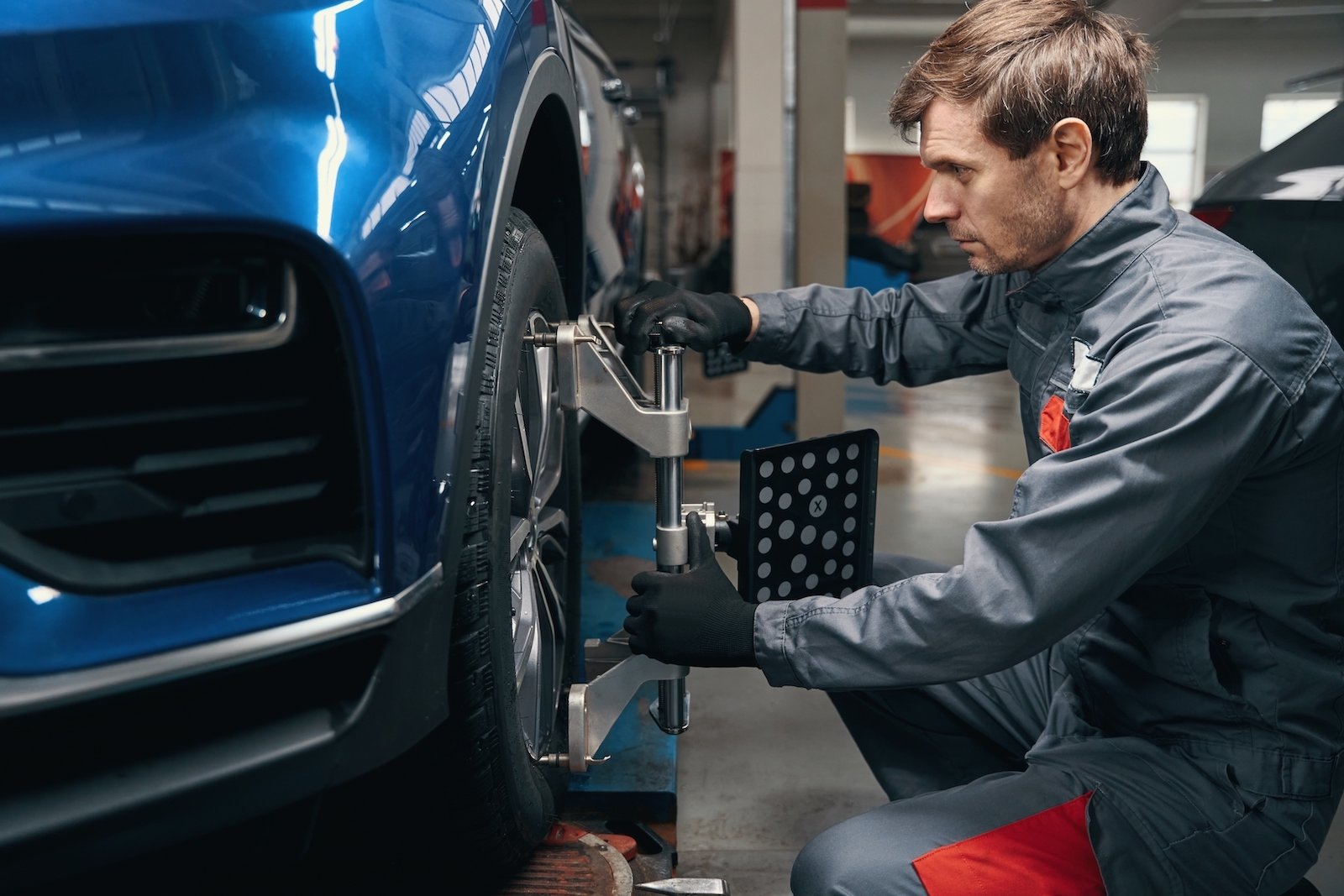
Wheel alignment is the procedure by which the angles of a vehicle’s wheels are aligned to optimize tire wear, steering response, and vehicle stability. While proper alignment is essential for safe and efficient vehicle operation, unnecessary alignments can be costly and time-consuming.
It is usually recommended that you get your wheels aligned every two to three years. Many factors can affect wheel alignment, including hitting potholes, curbs, or other road hazards. However, minor impacts typically do not require immediate alignment correction. Signs of alignment issues include inconsistent tire wear, a steering wheel with positional error, or a vehicle that pulls unusually to one side.
Replacing Shocks and Struts Too Early
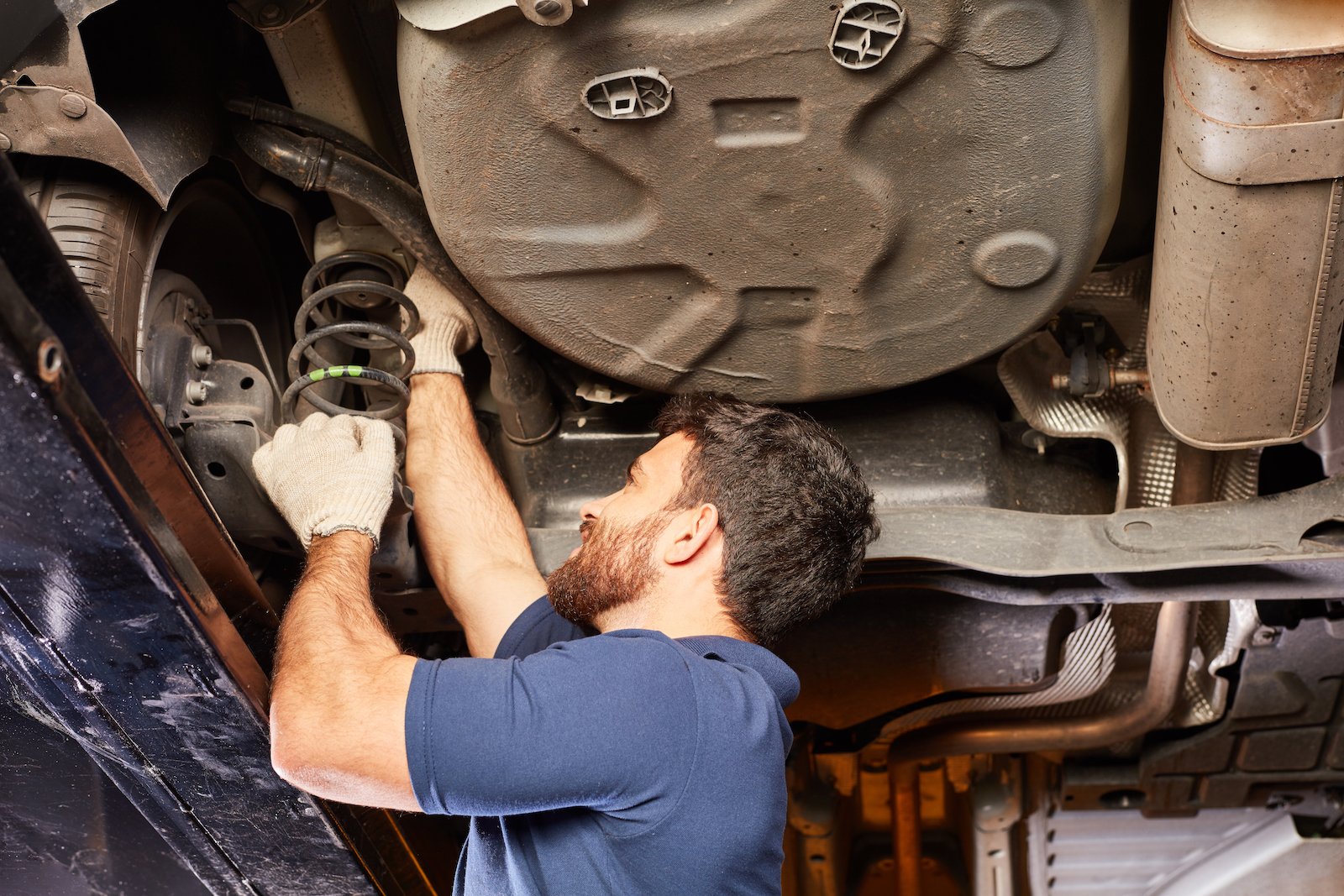
Shocks and struts are crucial for your vehicle’s safety and ride comfort, but they typically have a long lifespan. Some service centers may suggest replacing them prematurely, leading to unnecessary expenses. Unless you’re experiencing handling issues, excessive bouncing, or noticeable leaks, there’s usually no need to replace shocks and struts early. Following the manufacturer’s guidelines and monitoring for signs of wear can help you avoid costly and premature replacements.


